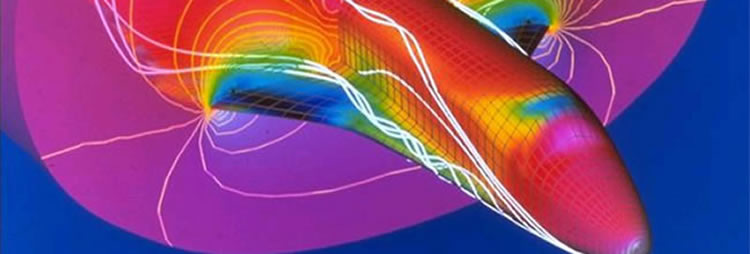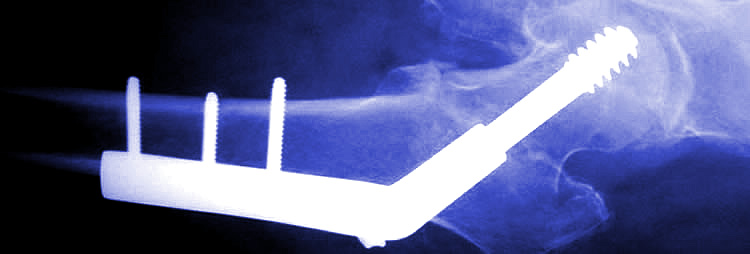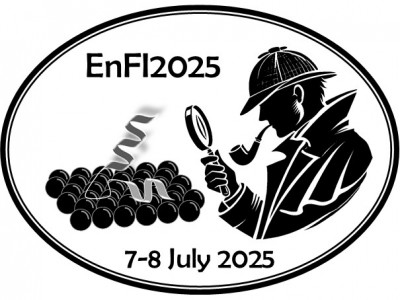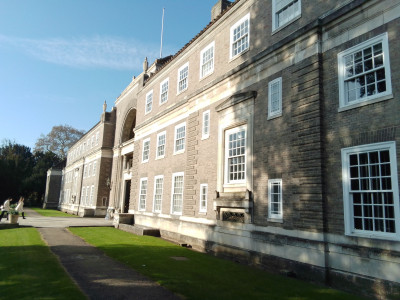Welcome to the School of Engineering and Materials Science
The School of Engineering and Materials Science provides outstanding degree programmes coupled with internationally leading research which is reflected in all our undergraduate programmes. Our taught postgraduate programmes are similarly first class and provide students with a fantastic opportunity to engage with cutting-edge research in: Bioengineering, Intelligent Transport, Sustainable Engineering and Engineering and Materials Education. Our extensive industrial connections provide graduates with excellent employability in stimulating and well-paid careers.
Latest News
Events and Seminars
 Today Today10:00 - 11:00 | QMUL Robotics Seminar Series: Material-Enabled Technologies for Soft and Fluidic Robots by Dr. Daniel J. Preston, Rice University  |
 Fri 9 May 2025 Fri 9 May 202509:00 - 11:00 | Inclusive Commonwealth Learning for Education for Sustainability (INCLIDES) UK-India Community of Practice Launch |
 Thu 15 May 2025 Thu 15 May 202517:30 - 21:00 | SEMS MSc Networking Extravaganza Formal Dinner: Connect, Collaborate and Thrive! |
 Wed 21 May 2025 Wed 21 May 202512:00 - 13:00 | Scholarship Exchange Webinar |
 Tue 27 May 2025 Tue 27 May 202510:30 - 16:00 | Proficiency-oriented assessment inventories in undergraduate mathematics |
Recent publications
- Purifying the Air with Photocatalysis: Developing Bismuth Oxybromide/ Copper Phthalocyanine Composite Photocatalyst Filters with Enhanced Activity for NOx Removal
Olaifa O, Alimard P, Itskou I, Eisner F, Petit C, Díez‐González S and Kafizas A
Chemphotochem, Wiley
10-04-2025 - Decoupling Membrane Electrode Assembly Materials Complexity from Fuel Cell Performance through Image‐Based Multiphase and Multiphysics Modelling
Chen J, Du W, Guo Z, Lu X, Tudball MP, Yang X, Zhou Z, Zhou S, Rack A, Lukic B, Shearing PR, Haigh SJ, Holmes SM and Miller TS
Advanced Energy Materials, Wiley
10-04-2025 - Performance enhancement mechanisms and optimization of multi-pass parallel flow condensers with liquid-vapor separation
Pu JH, Hua N, Jian X, Chen Y, Li Y, Yang T and Wang HS
Case Studies in Thermal Engineering, Elsevier
01-04-2025













